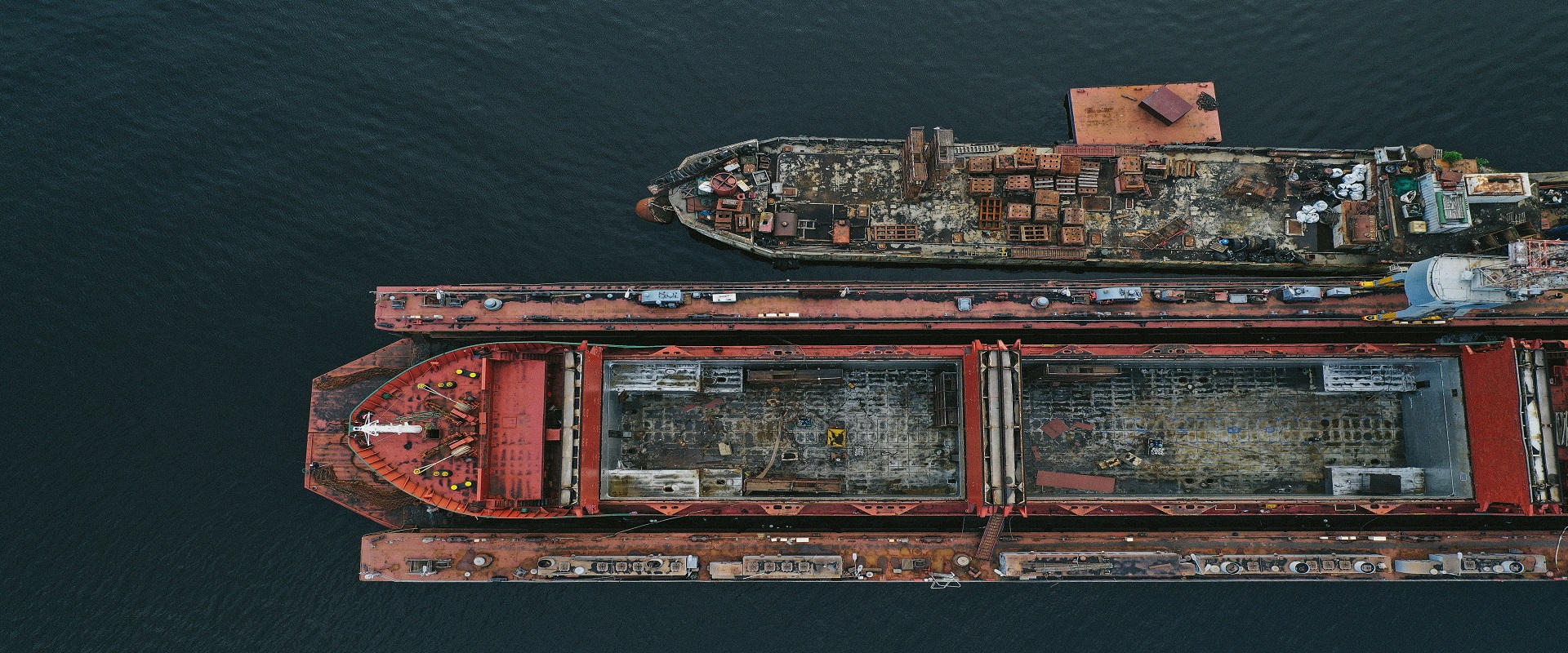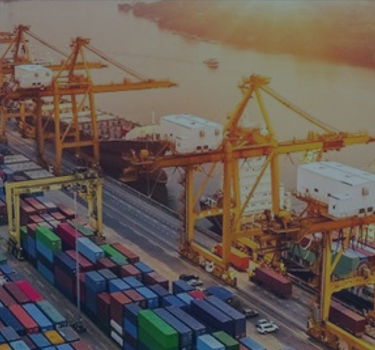Update : Oct 15 , 2022
Cargo handling operations open the doors for an array of significant safety concerns. Thus, it has become quite vital for shipping personnel to be well aware of the various considerations that must be contemplated while performing operations about cargo handling on ships. Knowing essential safety measures and, at the same time, formulating apt use of materials handling equipment are some of the wise ways to ensure that your cargo is held safely on ships.
Let’s explore the most common global shipment hazards and tips to protect shipboard cargo.
Wear and Tear
When a shipment contacts other cargo, numerous chances of experiencing severe punctures or wear and tears further result in significant shipment hazards. It, however, results from improper or inadequate internal packaging that leads the contents to face pressure through exterior packaging.
Constriction
When a co-loaded cargo is loaded on top of a shipment, it results in crushing or compression. Severe damage is an outcome of unsupported exterior packaging. Internal packaging should be arranged to fill the open spaces while providing a rigid support to the external packaging. It eventually minimizes the chance of constriction or crushing of cargo.
Environmental Vulnerability
Cargo damage is severely conducted by climate and environmental conditions. Geographical conditions contribute significantly towards the damage of cargo during shipment. Water or humidity not only deteriorates the content of shipment but, at the same time, also ruins the solidarity of packaging. Adhesive, primarily used in corrugated cardboard boxes, eventually softens by moisture falling apart.
Handling of Shipment
Several hazards occur during the manual lifting of cargo, which is non-palletized, as it often drops or slides due to heavyweight. Even when lifted by a forklift, in the case of palletized shipments, there are vast chances of experiencing a fall or slide. Thus, a slight fall or slide causes severe hazards to the entire shipment, including the workforce.
Shock
There is a considerable possibility of experiencing a shock to the cargo during transit as it moves from multiple modes involving forklifts, conveyors, carts, et al. Thus the mode of transportation incorporates heavy shock to the packaging, causing severe damage. When the inner or exterior packaging fails to withstand the handling elements, which a shipment faces during transit, it ruins the entire cargo.


 Back to Blogs
Back to Blogs